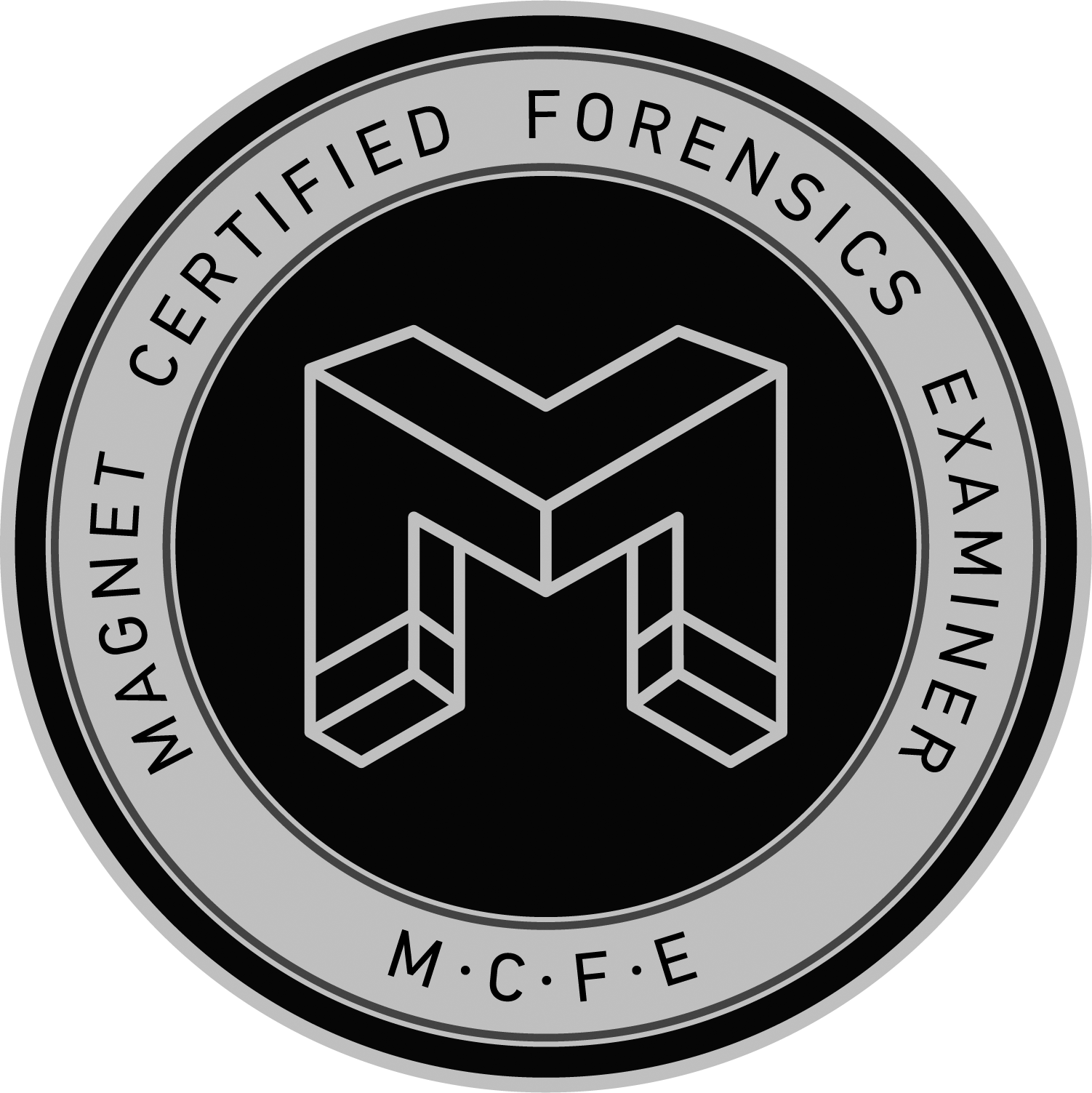Free Image Processing/Analysis Tools
From teaching classes over the years I frequently hear that many agencies are using Photoshop 6 and 7, Paint, Photoshop Elements, Microsoft Picture It and other applications due to the lack of funds to purchase upgrades. There is nothing wrong using some of the older versions but there are several functions that the older versions do not support, like high bit depth processing, limited color space/model options and the lack of more sophisticated image processing algorithms (de-convolution, pattern removal using FFT). I also understand that many agencies who would love to have PS CS3 Extended with all of the great plugins that have been developed will never get the funds to make these purchases.
One solution to the funding issue is Image J (http://rsb.info.nih.gov/ij/index.html) Image J is a free, open source application provided by the National Institutes of Health (NIH). I not only have used this application for case work but to learn more about digital image processing algorithms. Image J is a very robust image processing and analysis tool set that has been referred to on the FVA list serve and recently in the book written by George Reis. This write-up is not a tutorial about Image J, it is meant to provide information about the application that may assist some readers.
 DME Resources
DME Resources
